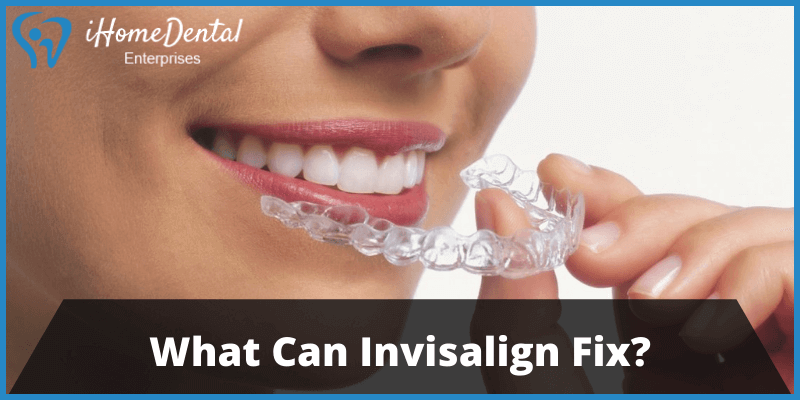
Invisalign has clear aligners that attract many patients to fix their orthodontic issues and help them live a healthy life. When you want to get your teeth straightened without wearing any rubber bands or metal wires, then Invisalign could be the best option at this time. The Invisalign are transparent in color, which is not visible while wearing. Besides, they are very comfortable and soft to wear on and off. However, the clear plastic aligners should be worn for at least 22 hours a day and should only be removed while brushing, flossing, eating, and drinking.
When it comes to treating an orthodontic problem, you can visit your dentist to identify the issue and adopt Invisalign as one of the best treatments. But, it does not fix every orthodontic issue, so you need to recognize the problem first and embrace the most suitable treatment for you.
This article has discussed several dental problems for which the Invisalign is ideal.
Crossbite
A crossbite can be recognized when the upper teeth hold back the inside of the lower teeth and the biting is no longer. If you have a crossbite problem, it may cause various gum tissue, bone loss, or tooth chipping etc. thus, at this moment, the Invisalign can treat these types of crossbite problems from their mild state to moderate ones. But you might need to look for some other orthodontic treatment in case the problem is critical.
Underbite
An underbite is a state when the lower teeth appear in front of the upper teeth that generally occurs when the bottom jaw forwards too far. If you have an underbite dental problem, you must be facing difficulty in speaking and eating because this condition can cause severe jaw pain. The mild to moderate condition of underbite can be ideally treated with Invisalign. However, talk to your doctor before going for this treatment and identify if the state is in its acute condition, so you may need minor surgery to resolve this issue completely.
Overbite
When your upper front teeth intersect the lower front teeth, it is known as the state of an overbite. This condition is prevalent amongst many people but usually occurs in minor forms. However, its extreme condition is known as a deep bite. Invisalign can simply fix the overbite condition of your teeth and then correct to overlap.
Jaw Alignment
The jaw alignment problem occurs when the mandible or jaw bone is too far, either backward, forward, or off the center. The Invisalign has become one of the most innovative mandibular treatments to move your jaw while wearing the removable invisible aligners. The plastic wings on the back of the edge of the bottom and top aligners to move the jaw with perfect accuracy. If the jaw is too far backward, you may need to adjust it before going for an Invisalign treatment.
Crooked Teeth
There are numerous reasons for crooked teeth, such as inadequate space for all teeth to fit or poor myofunctional habits. Having crooked teeth can make it quite difficult to maintain dental hygiene, such as flossing or flossing teeth, leading to forming plaque or tartar on your teeth. Just like the issue of underbite or crossbite, the crooked teeth can also be treated with the clear Invisalign but only in its mild to moderate form. Nevertheless, the critical condition needs to be fixed with some additional orthodontic treatments to get more straight teeth.
Bottom Line
So, above were some of the dental issues, but it is not a permanent solution for your teeth. However, these are the only issues for which Invisalign is ideal, but still, there are various dental problems that cannot be fixed through this treatment. Such as, Invisalign cannot treat severe bite or alignment issues. However, you may need to go for surgeries to get your orthodontic issues fixed permanently.





Leave a Reply